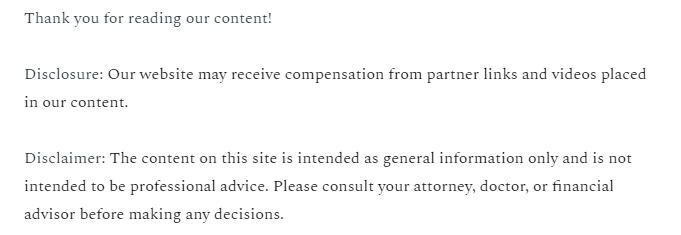
Navigating divorce proceedings can be a daunting task, especially for those unfamiliar with the legal intricacies involved. For legal practitioners and individuals alike, streamlined processes and clear guidance are essential. This is where the CEB Practice Guides come into play, providing comprehensive support and clarity throughout the divorce process.
The CEB Practice Guides offer an array of resources specifically designed to address the complexities of divorce law. By providing clear and concise explanations, these guides help demystify technical language and dense legal procedures.
This not only makes divorce proceedings less intimidating but also significantly more manageable.
With an emphasis on accuracy and practical insights, these authoritative legal manuals serve as an indispensable tool for anyone dealing with divorce legally. Whether you are an attorney guiding a client through this challenging time or an individual looking to understand more about the process, these resources have you covered. By simplifying legal jargon and presenting information in an accessible manner, they streamline what is often considered a complex field.
Comprehensive Coverage of Divorce Law
Divorce law comprises a myriad of legal considerations, and understanding each aspect can be overwhelming. These practice resources provide thorough coverage of various elements of divorce law, ensuring that no detail is overlooked. From asset division to child custody, these guides offer detailed explanations and up-to-date legal standards.
In addition to covering the breadth of divorce topics, these materials delve into the intricacies of state-specific laws and regulations. This localized approach ensures that users get relevant and precise information tailored to their jurisdiction. As a result, practitioners can confidently navigate state-specific statutes without the fear of non-compliance.
The guides also offer actionable insights by presenting real-world applications and case studies. This pragmatic approach helps to translate theoretical knowledge into practical execution. By bridging the gap between legal theory and real-life application, these resources equip users with the tools necessary to handle complex divorce scenarios. Furthermore, they highlight common pitfalls and provide strategies to avoid costly mistakes throughout the divorce process.
Streamlining the Legal Process
One of the main features of these legal guides is their ability to streamline the often cumbersome legal process of divorce. By providing step-by-step guidance and checklists, these resources simplify what might otherwise be an overwhelming experience. The keyword here is efficiency—something that the guides excel at delivering.
The inclusion of templates and sample documents is another factor that streamlines proceedings, saving both time and effort for legal practitioners. By offering these ready-made tools, the guides facilitate quick and accurate document preparation, reducing the risk of procedural errors. This ability to minimize errors and expedite processes is critical in ensuring that divorces are resolved promptly and fairly.
Additionally, these resources empower users by enhancing their understanding of court procedures and paperwork requirements. They simplify the complex forms and filings necessary for divorce, ensuring that all legal requirements are met with precision. Through this educational aspect, these authoritative guides reduce the burden on individuals navigating their own divorces or attorneys serving multiple clients.
Facilitating Clear Communication
Effective communication is crucial during divorce proceedings, both between legal professionals and their clients and among all involved parties. These practice manuals offer tools and strategies to facilitate clear and efficient communication. By explaining legal concepts in understandable terms, these materials ensure that clients can fully comprehend their legal options.
This level of understanding fosters informed decision-making, where clients are equipped to engage meaningfully in discussions about their case. It diminishes frustration and misunderstandings that often arise from complex legal terminology. The guides’ straightforward language and organization help bridge the communication gap that typically exists between legal jargon and layperson comprehension.
Moreover, these publications encourage transparency between lawyers and clients by delineating processes and expectations clearly. Knowing what to expect at each stage of a divorce can alleviate anxiety and promote a more collaborative approach. In this way, these resources serve not only as a legal reference but also as a communication facilitator.
In summation, these comprehensive resources play a pivotal role in simplifying divorce proceedings. They help decode the intricacies of divorce law and provide valuable tools for efficient legal practice. By making the complex accessible, they minimize the stress and confusion often associated with divorce.
Through their extensive coverage and practical applications, these guides ensure that individuals and legal professionals can navigate divorce with ease and confidence. The added focus on streamlining legal processes and fostering clear communication enhances their utility even further. For anyone facing or involved in divorce proceedings, these materials are a trusted ally during challenging times.
Ultimately, the CEB Practice Guides not only simplify the challenging aspects of divorce but also empower users through enhanced understanding and efficiency. They stand as an essential resource for anyone seeking clarity and support in divorce law, reflecting their indispensable place in the legal landscape. By incorporating these guides into legal practices, professionals and individuals alike can ensure more effective and amicable resolutions.
